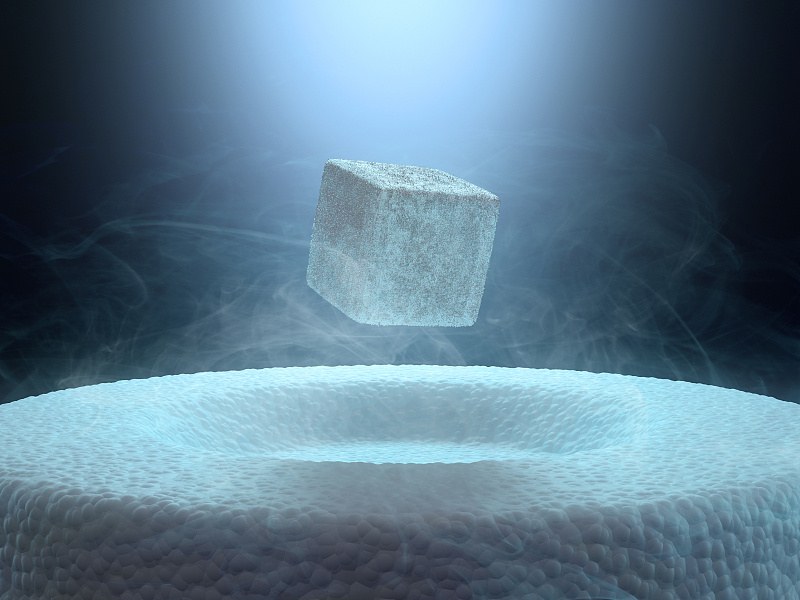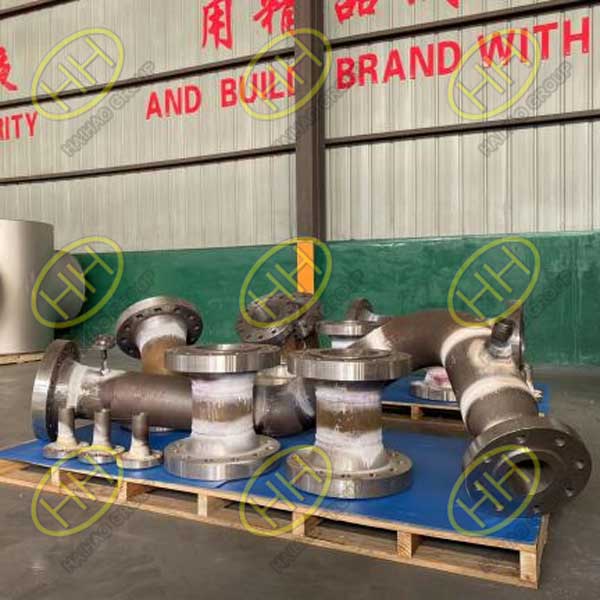Exploring the potential impact of room-temperature superconductivity on pipe fittings
Recent claims by scientists in South Korea about achieving room-temperature superconductivity have generated considerable excitement and sparked global interest in scientific research. Although the findings are yet to be independently verified, the possibility of room-temperature superconductivity has the potential to revolutionize various industries, including pipe fittings. Let’s delve into the potential implications if this groundbreaking technology is realized.
Transforming Pipe Fittings Production:
The prospect of room-temperature superconductivity holds the promise of transforming the production of pipe fittings. Currently, traditional manufacturing processes for pipe fittings involve intricate techniques and costly materials. However, the realization of room-temperature superconductivity could lead to more streamlined and energy-efficient production methods, resulting in significant cost savings.
With superconducting materials exhibiting the ability to carry electrical currents without resistance, the energy consumption during the production process could be greatly reduced. This newfound energy efficiency could lead to a more sustainable and environmentally friendly approach to pipe fittings manufacturing.

room-temperature superconductivity
Unprecedented Performance and Safety:
Room-temperature superconductivity, if achieved, would usher in an era of unparalleled performance for pipe fittings. The remarkable conductivity and magnetic field exclusion of superconducting materials could significantly enhance the efficiency of fluid flow within pipelines. This could potentially reduce pressure losses and improve the overall performance of pipeline systems.
Additionally, the heightened safety provided by superconducting materials could be a game-changer for the transportation of hazardous fluids. By minimizing electrical sparks and the risk of accidents, these materials could elevate the safety standards of pipe fitting operations in critical industries.
Empowering Technological Advancements:
The successful implementation of room-temperature superconductivity would open the door to groundbreaking technological advancements in the pipe fittings industry. The integration of superconducting materials into sensors and control systems could enable real-time monitoring and precise regulation of fluid flow within pipelines. Furthermore, the application of superconductivity in magnetic levitation technology could revolutionize pipeline transportation, providing efficient and sustainable solutions for the industry.

prefabricated products
Global Economic Implications:
If room-temperature superconductivity becomes a reality, it would have significant economic implications for the pipe fittings industry on a global scale. Companies that embrace this cutting-edge technology would gain a competitive edge, producing more efficient and cost-effective pipe fittings to meet the rising demand.
Moreover, the global supply chain for superconducting materials and related technologies would expand, creating new economic opportunities and fostering innovation in various regions.
While room-temperature superconductivity remains a concept that requires further validation, the potential impact on the pipe fittings industry is undeniably significant. If realized, this technology could lead to more efficient and sustainable production processes, superior performance, heightened safety standards, and transformative technological advancements.
At Haihao Group, we are committed to staying at the forefront of innovative solutions. As we explore the potential of room-temperature superconductivity, our dedication to providing the highest quality pipe fittings and supporting the evolving needs of our valued customers remains unwavering. Together, let us eagerly anticipate the future possibilities that this groundbreaking technology may bring to the world of pipe fittings.
